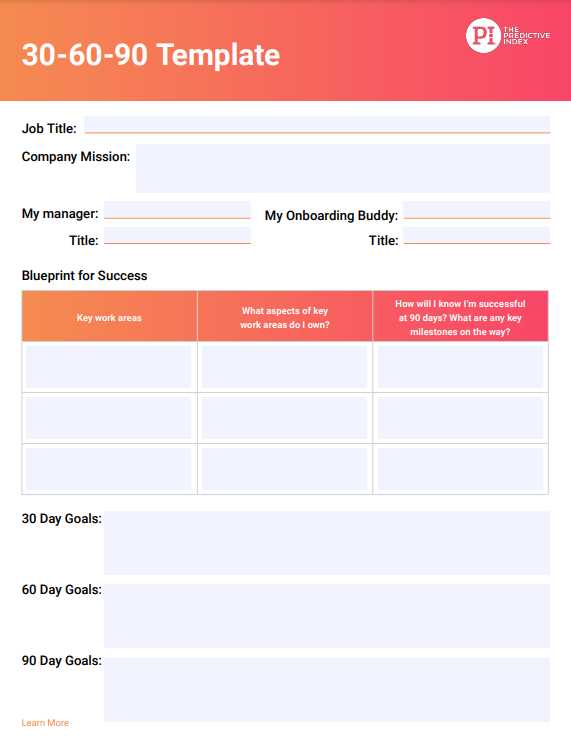How to build a successful employee onboarding program
Hiring Series
Hiring the right talent
How to hire for culture fit
How to build a diverse workforce
How to build a successful employee onboarding program
Onboarding starts when the offer is signed
Many organizations don’t start onboarding until the employee official walks in the door. But why wait?
By starting the onboarding process early, your new hires can begin to absorb your organization’s culture and values before their first day. They’ll hit their first week with more confidence, fewer hiccups, and stronger relationships.
Check out our very own Will Otto’s thoughts on when onboarding officially starts and ends by watching the interview clip to the right.

But what does early onboarding look like?
We don’t suggest throwing training videos and webinars at your new employee—you don’t want to overwhelm them!
Instead, we suggest trying some of the following ideas:
New employees may be confused or uncertain. If they know what to expect, they’ll have fewer onboarding jitters.
It’s a two-for-one: your new hire will feel welcomed and excited. But they’ll also have a chance to start meeting their future coworkers.
Show off your culture, show off your office—all in 60 seconds or less.
Some of this could be advice, like who or where to go for help. Some of it could be playful, like fun facts about coworkers.
If they can login to their email and other tools in advance, they’re less likely to get bogged down in the setup process.
Onboarding usually involves a lot of meetings. If the employee can see those before the next day, they’ll feel more prepared and less overwhelmed.
If you decide to create early onboarding text or video content for your new employees, we strongly recommend: Keep it short. You want your new employees to feel excited—not like they’re already working.
